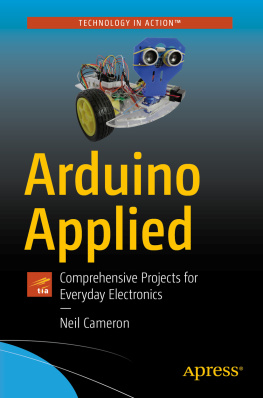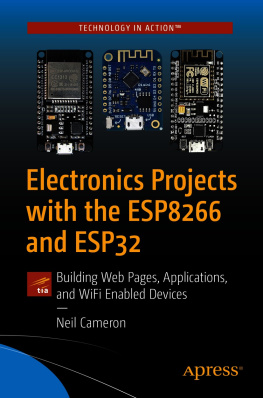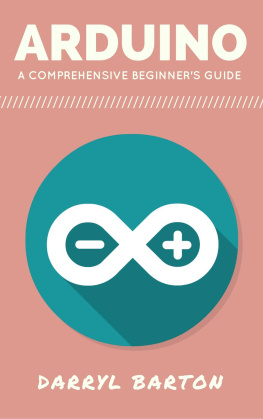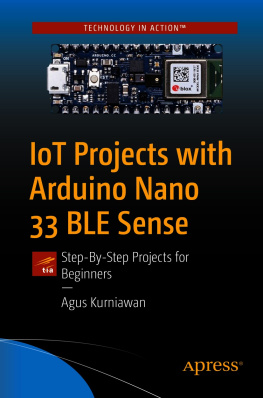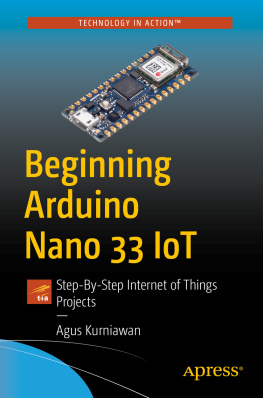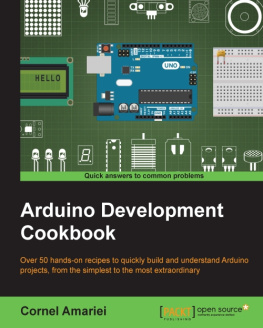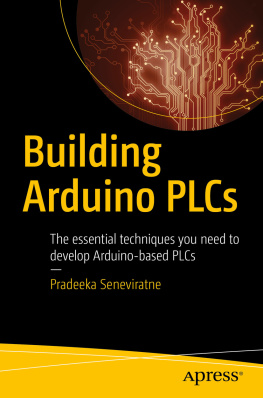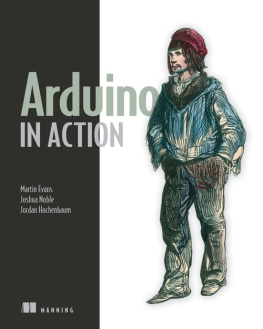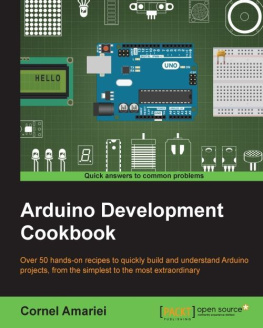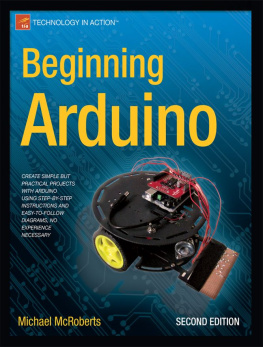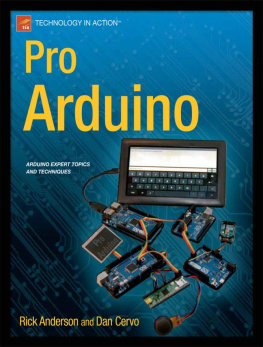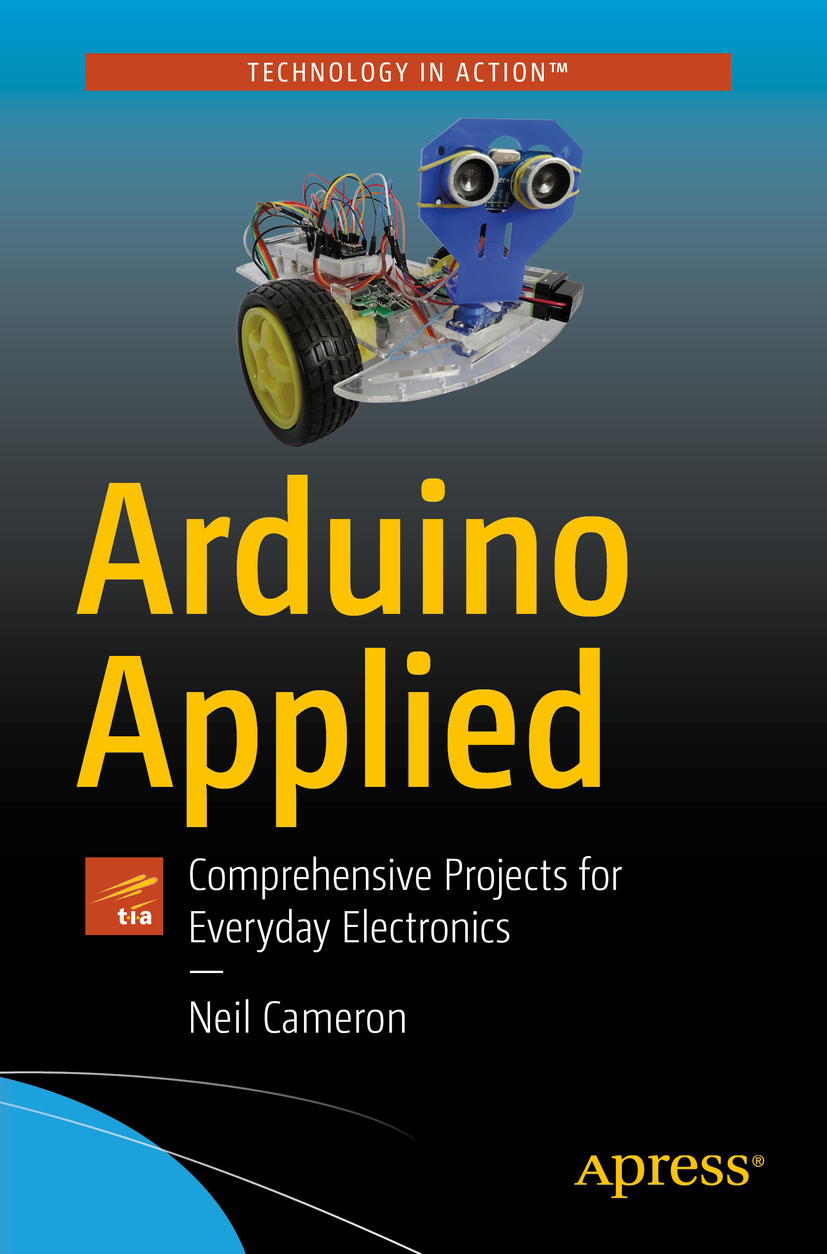Neil Cameron - Arduino Applied: Comprehensive Projects for Everyday Electronics
Here you can read online Neil Cameron - Arduino Applied: Comprehensive Projects for Everyday Electronics full text of the book (entire story) in english for free. Download pdf and epub, get meaning, cover and reviews about this ebook. year: 2019, publisher: Apress, genre: Home and family. Description of the work, (preface) as well as reviews are available. Best literature library LitArk.com created for fans of good reading and offers a wide selection of genres:
Romance novel
Science fiction
Adventure
Detective
Science
History
Home and family
Prose
Art
Politics
Computer
Non-fiction
Religion
Business
Children
Humor
Choose a favorite category and find really read worthwhile books. Enjoy immersion in the world of imagination, feel the emotions of the characters or learn something new for yourself, make an fascinating discovery.
- Book:Arduino Applied: Comprehensive Projects for Everyday Electronics
- Author:
- Publisher:Apress
- Genre:
- Year:2019
- Rating:3 / 5
- Favourites:Add to favourites
- Your mark:
Arduino Applied: Comprehensive Projects for Everyday Electronics: summary, description and annotation
We offer to read an annotation, description, summary or preface (depends on what the author of the book "Arduino Applied: Comprehensive Projects for Everyday Electronics" wrote himself). If you haven't found the necessary information about the book — write in the comments, we will try to find it.
Extend the range of your Arduino skills, incorporate the new developments in both hardware and software, and understand how the electronic applications function in everyday life. This project-based book extends the Arduino Uno starter kits and increases knowledge of microcontrollers in electronic applications.
Learn how to build complex Arduino projects, break them down into smaller ones, and then enhance them, thereby broadening your understanding of each topic.Youll use the Arduino Uno in a range of applications such as a blinking LED, route mapping with a mobile GPS system, and uploading information to the internet.
Youll also apply the Arduino Uno to sensors, collecting and displaying information, Bluetooth and wireless communications, digital image captures, route tracking with GPS, controlling motors, color and sound, building robots, and internet access. With Arduino Applied, prior knowledge of electronics is not required, as each topic is described and illustrated with examples using the Arduino Uno.
What Youll Learn
Set up the Arduino Uno and its programming environment
Understand the application of electronics in every day systems
Build projects with a microcontroller and readily available electronic components
Who This Book Is For
Readers with an Arduino starter-kit and little-to-no programming experience and those interested in how electronic appliances work.
Neil Cameron: author's other books
Who wrote Arduino Applied: Comprehensive Projects for Everyday Electronics? Find out the surname, the name of the author of the book and a list of all author's works by series.

